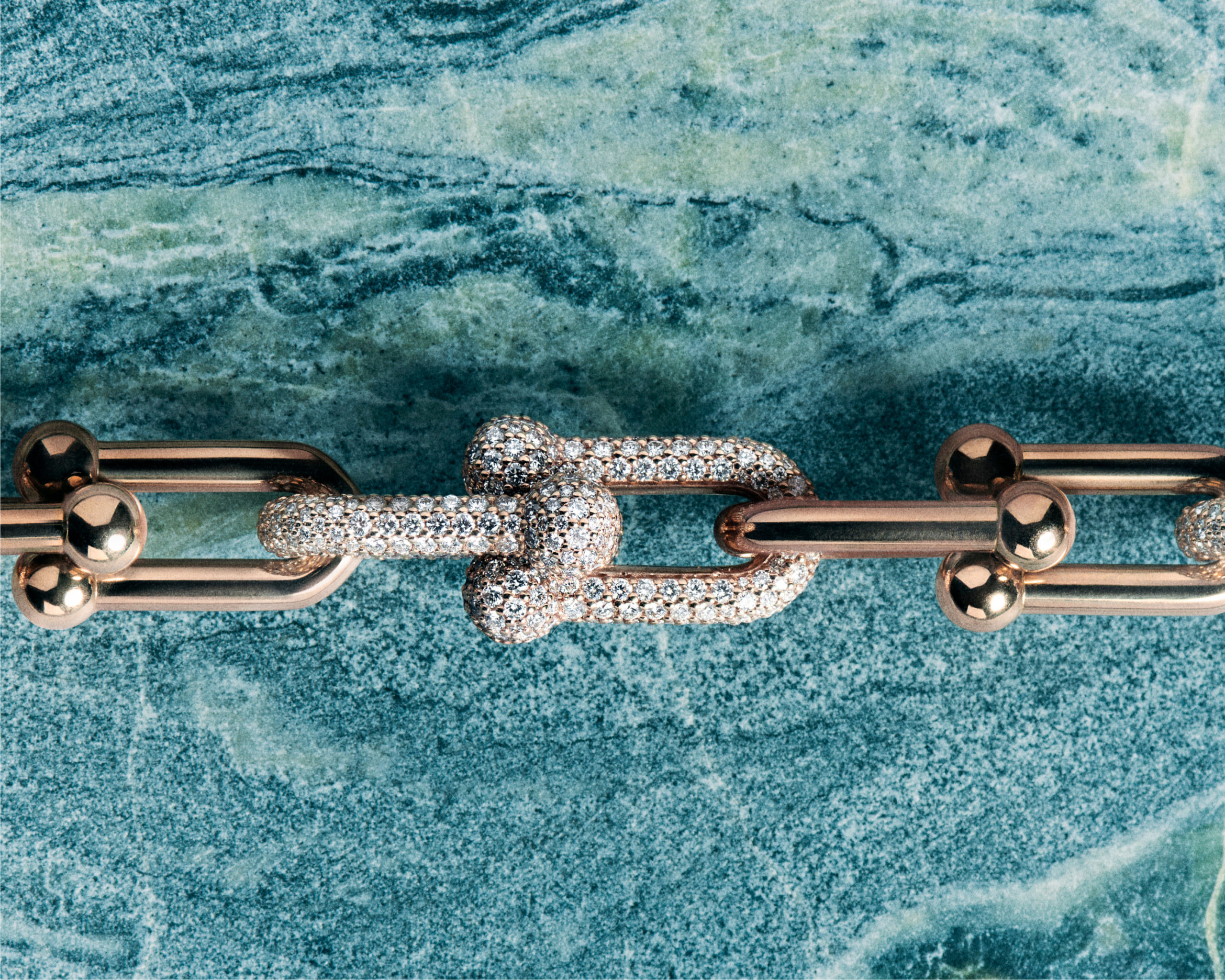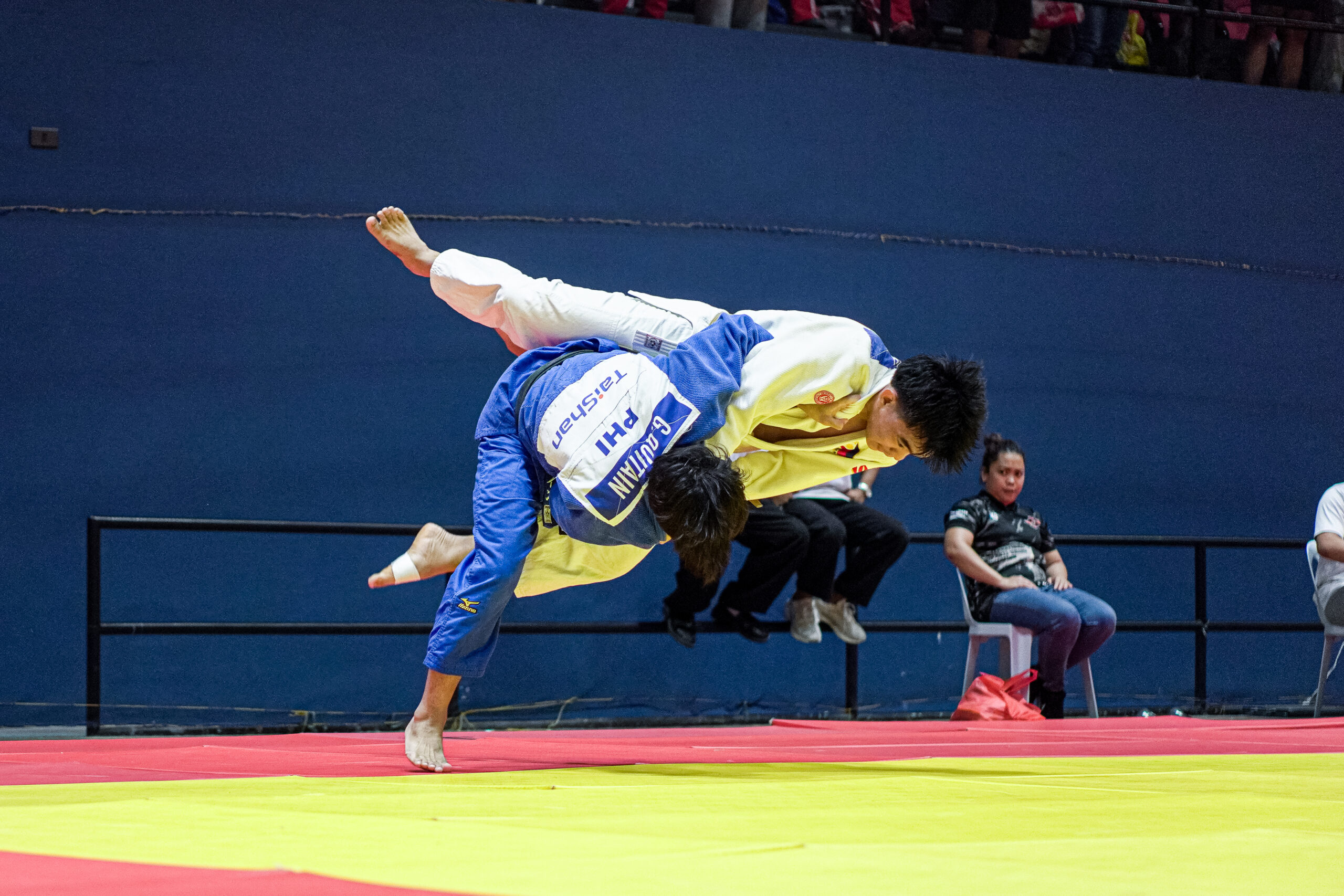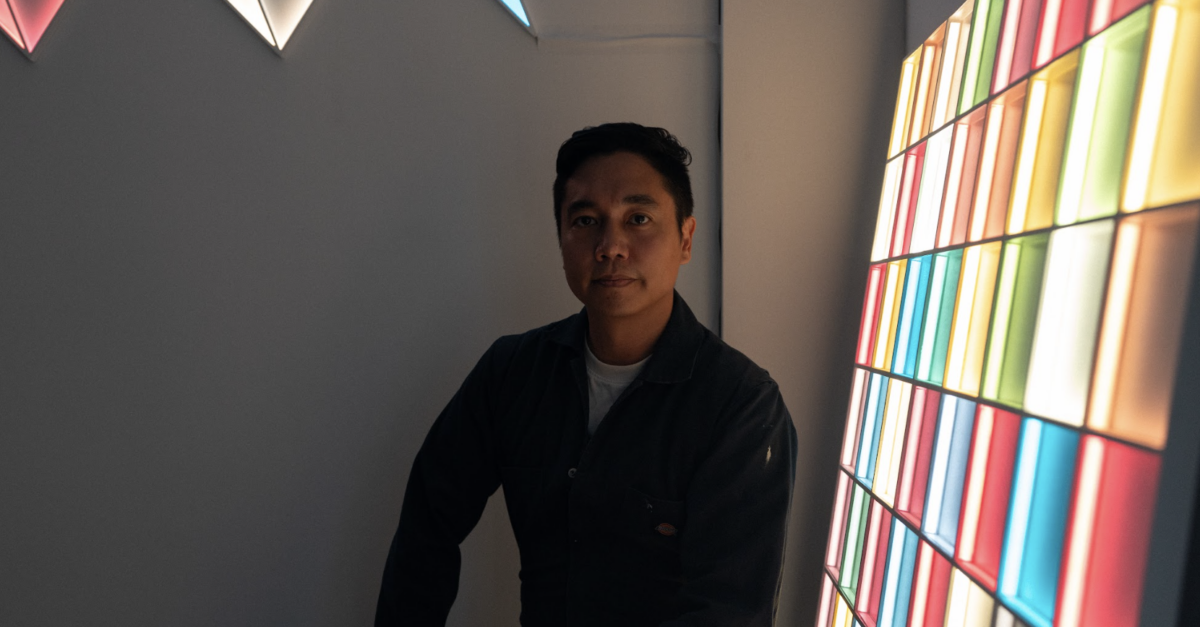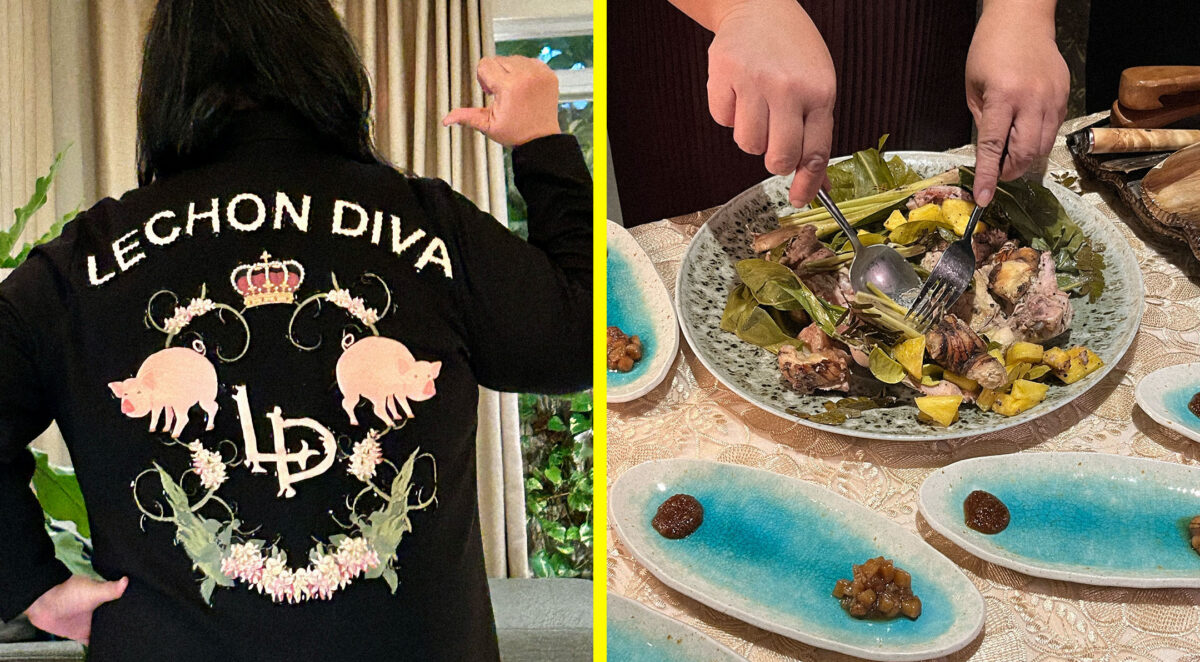
Looking at him now, people would be hard-pressed to imagine that this guy on Facebook in form-fitting, abs-revealing sportswear, with a bevy of beauty queens hanging on to his sinewy arms, was once a miserable blob.
At 5’8 264 lbs, John Jay Cuay used to be rotund, awkward and an easy target for bullies.
“I accepted the bullying like it was part of my life,” he said, recalling how, as early as age 5, he had been the subject of cruel name-calling for being obese.
“I was really big for my age and everyone called me ‘Bab,’ short for baboy (pig),” recounted Cuay, now a fitness trainer for beauty queens and part of the group Aces & Queens. For close to 12 years now, he has also been the Inquirer’s resident fitness trainer who handles the Pilates-core, Zumba and kickbox sessions of the company’s workout group.
In school, kids would throw food at him, Cuay said. The meaner ones would often trip him and laugh uproariously when he couldn’t get up right away. It was so embarrassing that he couldn’t even tell his parents.
After his family moved to the US when he was 8, things only got worse. “I couldn’t blend in,” he recalled. “I was dark, short and fat.”
The high school dating scene saw him settling for girls who, like him, lay unclaimed on the shelf. “My dates were usually the extremes: girls who were either too thin or too fat.” Normal-sized girls were simply out of his league.
Later, as an athletic trainer for the lacrosse team at Princeton University, he thought the worst was over. After all, he was a US-certified physical therapist. Surely, his credentials would merit respect?
He was wrong. His weight slowed him down and he couldn’t keep up. The Ivy League team taunted him: “You’re fat and unfit; why should we listen to you?”
Humiliating
Today, Cuay looks back at those humiliating years as a reminder of how hard work, discipline and personal resolve can melt the odds—and incidentally, the fats.
Occasionally, he’d post throwback photos of himself as a blimp looking glumly at the camera, as if to measure once more how far he has come. The self-congratulation is evident but understandable: who’d want to go back to that dark place when food was the enemy, when looking at the mirror was an ordeal, and when people judged you based on your waistline?
It all started when, as an only child, he was overprotected and overfed, Cuay said.
“It took my parents five years to have me, so Papa wanted to make sure I would survive. He made sure I had plenty of food and that the doctor would always pump me with vitamins,” he added.
With the bulk came the bullying, but his parents—his dad was an accountant and his mom, an OB-gyn—were too busy to notice.
The family’s move to the US only made overeating inevitable.
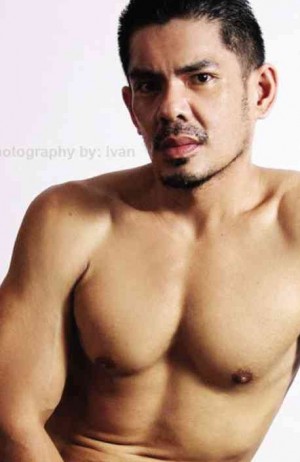
“It was a totally different food culture over there,” Cuay observed. “Food was everywhere, from the TV ads, to fast-food restaurants, to the fridge at home. Food was plentiful, conveniently available and so cheap!”
To make matters worse, he started a summer job at Auntie Anne’s pretzels where he could gorge on the pastry anytime. By now, he was getting self-conscious about his excess weight and started skipping meals. “I would stop eating for three days, but then I’d get really hungry so I’d eat a lot more than I normally would.”
He even thought of using those diet pills he saw on TV, but he didn’t have extra money.
And yet when he started earning money, things didn’t quite change. “I could now eat at better fine-dining places instead of the usual fast-food joint. I could also buy those diet pills and appetite suppressants. But I would still skip meals and think that when I started feeling weaker, that meant I was losing weight…”
And so it went on for the next three to four years, this roller-coaster diet and sporadic workout routine, followed by humongous makeup eating. The bullying episodes only added to his stress, which in turn led to stress-eating, until he was caught in a hamster wheel spinning out of control.
Eating right
Things started looking up when Cuay took his Ph.D in Sports Kinesiology. “I started eating right because my schoolwork included readings on proper nutrition. I got exposed to studies and research about food.”
Meanwhile, his job as an athletic trainer necessitated going to the gym for regular workouts and weight training. “Fortunately, as a PT, I knew which muscles to exercise, which ones needed work. I realized I needed to lift weights for muscle tone and strength.”
When he came back to the Philippines in 2000, he was still huge, Cuay recalled, but already health-conscious. “I started looking at my family history and saw diabetes, high blood, heart bypass… I realized it was really food behind a lot of these problems.”
Conversely, the right diet and exercise can overcome one’s genetic predisposition to certain diseases, said this fitness trainer. “Eat right and in moderation and make sure there’s enough protein in your diet, but don’t deprive yourself. A bite or two of something sinful is enough,” he advised.
The worst mistake one can make when dieting is not eating and not moving your fats, Cuay warned. Forget as well those slimming teas and other diet supplements with fantastic claims to burning fats. “Check with your doctor first,” he cautioned, “since food marketing has become big business these days.”
As for working out the flab, he is more particular about the inches and less concerned about the weight. “Anything that jiggles is fat or extra water,” said Cuay, who “pinch-tests” beauty queens under his care.
“I pinch their waistline from the back. Whatever flesh gets caught between my fingers is the extra poundage or the inches they have to lose before they’re ready for international competitions,” he said.
Not that he’s any kinder on himself. He does an hour of weight training five times a week, an hour of cardio six times a week, and limits himself to only 2500 calories a day.
The results are apparent in his trim and packed 165 lbs, and in the confidence in his long strides.
“The confidence comes from knowing that you look good and that you can wear what you like. And of course, when you look good, you feel good.”


